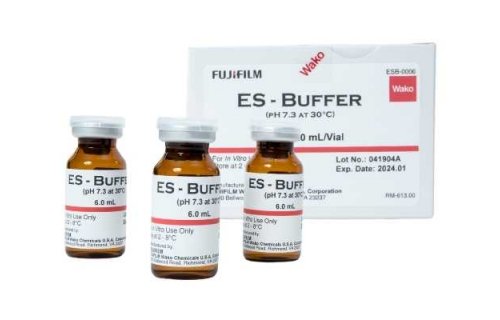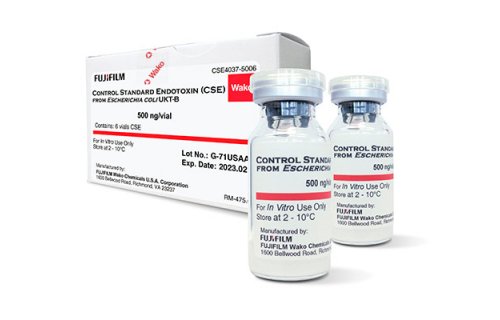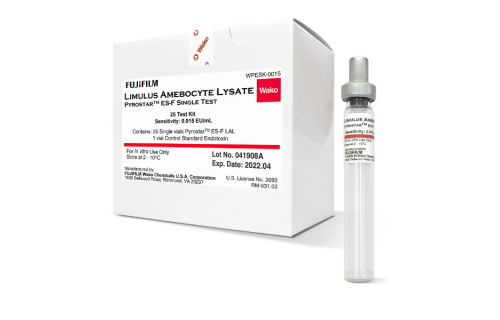Daily challenges of QC technicians with Endotoxin Testing
Quality control (QC) technicians are a crucial component of the research workforce. These technicians must juggle multiple roles in order to maintain QC high standards within a lab environment.
One of the main QC considerations for biological research is endotoxin contamination. Endotoxin is a component of the outer cell wall of Gram-negative bacteria. Even low levels of endotoxin contamination can trigger strong immune activation in cell culture or animal models. This article will summarize some of the primary areas that QC technicians should keep in mind in order to maintain an endotoxin-free research setting.
Practicing proper aseptic technique
Aseptic technique is one of the core skills for any biology researcher. Preventing contamination of cell cultures is necessary to avoid experimental artifacts and potential cell death. Additionally, contamination in an animal research context could lead to infections or death.
Most biological contaminants can be avoided using standard sterilization reagents, such as bleach or ethanol. However, endotoxin is highly stable and can persist even in the absence of viable bacteria. Thus it is crucial for QC technicians to maintain rigorous standard operating procedures for aseptic technique.
One example of an aseptic technique relevant to endotoxin is the practice of changing one’s gloves regularly. An inexperienced cell culture technician may assume that frequently spraying their gloves with ethanol is sufficient to maintain sterility. However, ethanol can leave endotoxin contamination behind, so it is important to set standards for how frequently users should change their gloves.
Applying rigorous sterilization procedures to equipment
Endotoxin’s high hydrophobicity gives it a high affinity for lab plasticware and glassware. Furthermore, it is resistant to many common sterilization procedures, such as irradiation or brief autoclaving. QC technicians must take additional steps to ensure that laboratory equipment is free of endotoxin contamination.
Labware that will come into direct or indirect contact with cell cultures or animals should be subjected to additional sterilization, such as extended autoclave times at higher temperatures. Single-use labware should be purchased from a reputable vendor who guarantees endotoxin levels below an acceptable threshold. Additionally, biosafety hoods must be thoroughly decontaminated on a regular basis to prevent a buildup of endotoxin contamination.
Regularly testing reagents for contamination
Labs should always strive to purchase low-endotoxin products for cell culture or animal experiments. However, QC technicians would still be advised to test these products for endotoxin contamination whenever a new batch is received. Sources of endotoxin can include cell culture medium, sera, water, or culture medium supplements such as antibiotics or other additives.
The fastest and most cost-efficient method for endotoxin testing is the Limulus Amebocyte Lysate (LAL) assay. The LAL assay takes advantage of an enzyme derived from the blood of the horseshoe crab. This enzyme initiates a clotting reaction in the presence of endotoxin, which can be quantified to yield a highly sensitive and accurate measure of endotoxin levels.






